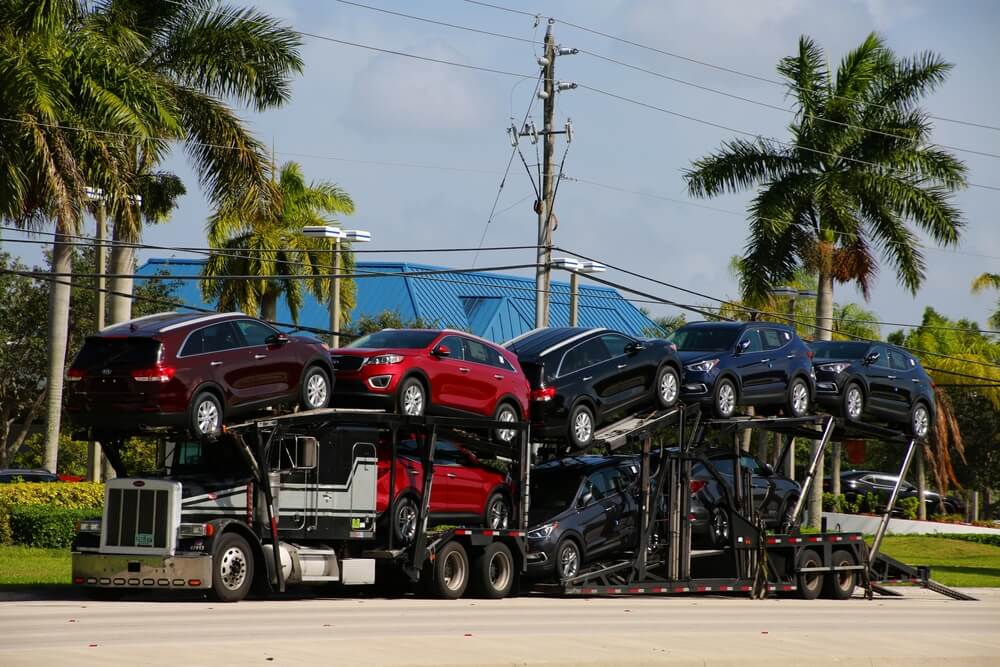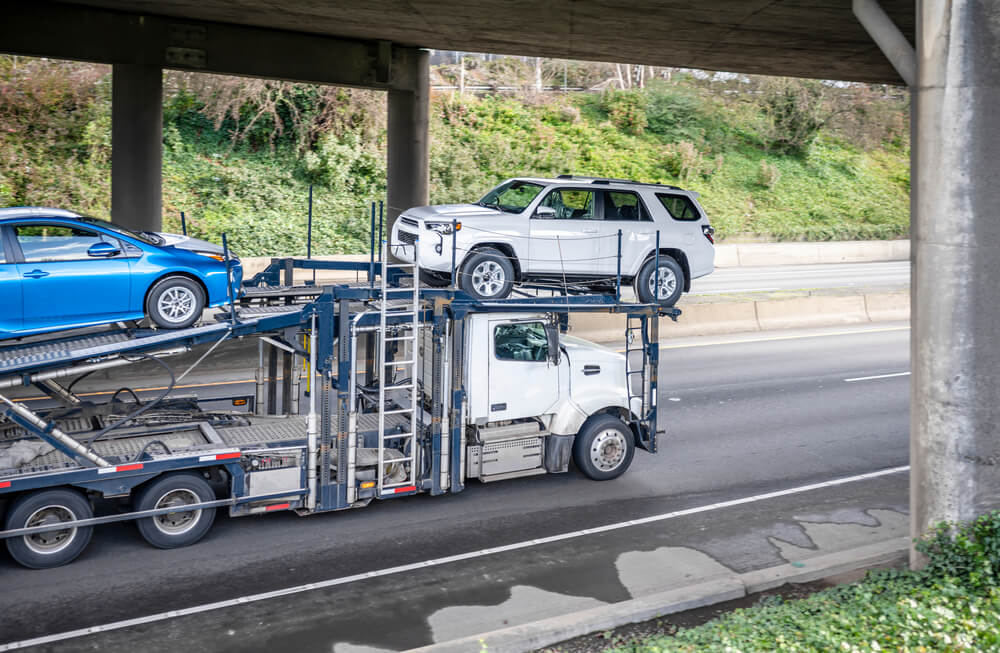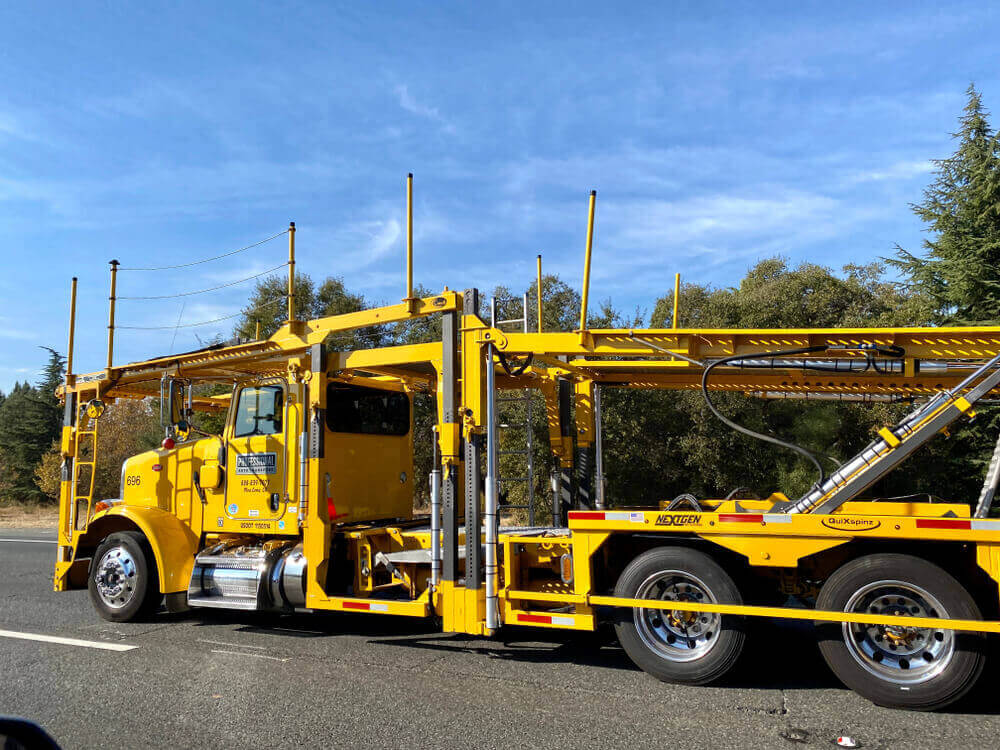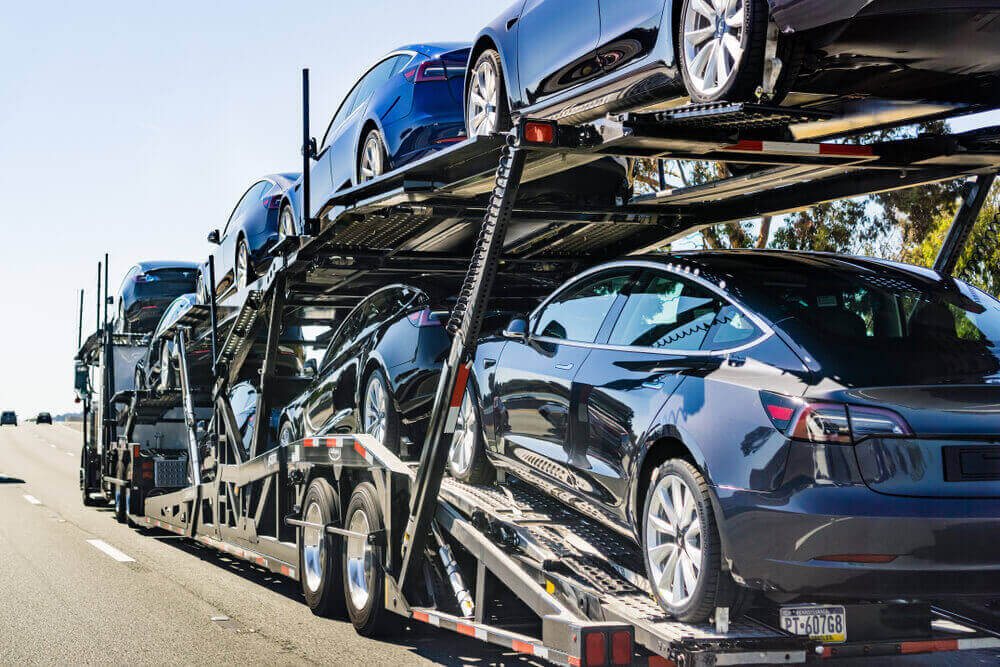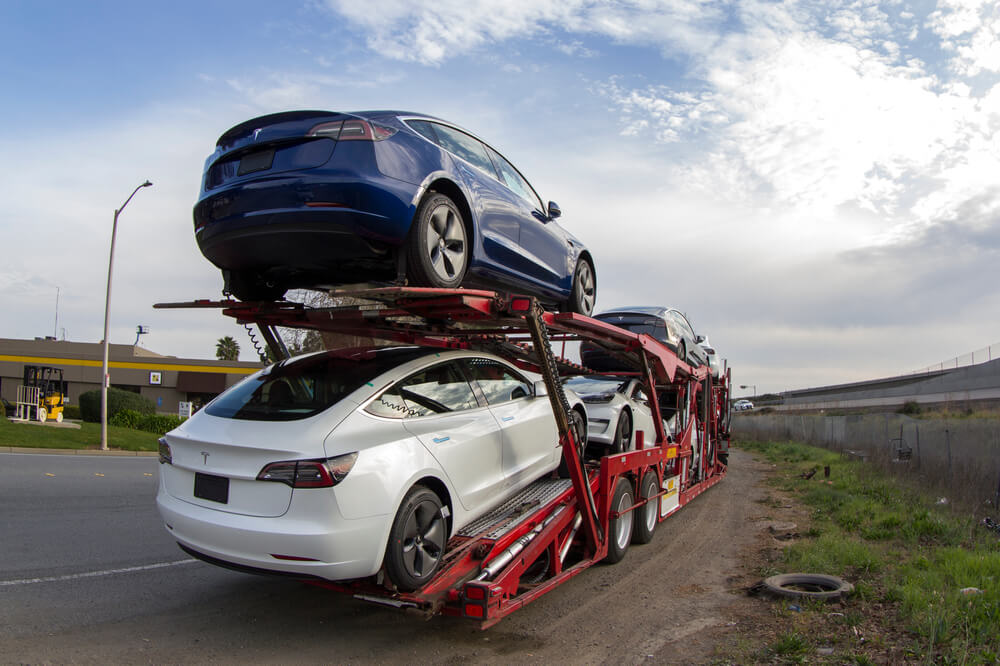The Ins and Outs of International Car ShippingThe Ins and Outs of International Car Shipping
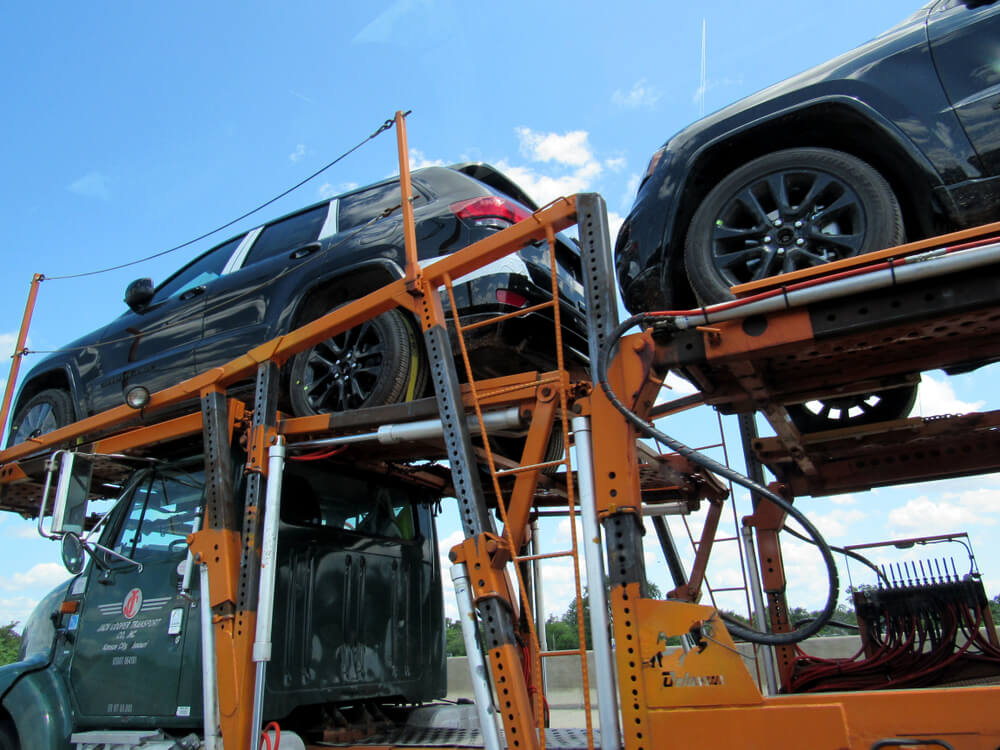
In the vast ocean of global commerce, international shipping serves as the backbone of trade, facilitating the movement of goods across borders and connecting markets worldwide. From the humble beginnings of maritime trade to the modern era of container shipping, the industry has undergone remarkable evolution. However, amidst its efficiency and connectivity, international shipping faces a myriad of challenges that demand innovative solutions. https://www.massmovers.org/california/aptos/vendors/a-1-auto-transport
Global Connectivity
International shipping enables the flow of goods between nations, fostering economic growth and development. The seamless movement of cargo across oceans connects producers with consumers, allowing businesses to tap into new markets and access a diverse range of products. Whether it’s automobiles from Japan, electronics from South Korea, or textiles from Bangladesh, international shipping serves as a conduit for the exchange of goods on a global scale.
Challenges at Sea
Despite its indispensable role in global trade, international shipping encounters numerous challenges. One of the foremost concerns is maritime safety. The vast expanse of the ocean poses risks such as adverse weather conditions, navigational hazards, and the threat of piracy. Ensuring the safety of crew members and cargo requires robust risk management strategies and adherence to stringent safety protocols.
Moreover, environmental sustainability has emerged as a pressing issue within the shipping industry. Cargo vessels are significant contributors to greenhouse gas emissions and marine pollution. Addressing these environmental concerns necessitates the adoption of cleaner technologies, such as eco-friendly fuels and energy-efficient propulsion systems, along with regulatory measures to reduce emissions and mitigate ecological impact.
Navigating Trade Barriers
In addition to operational challenges, international shipping grapples with trade barriers and regulatory complexities. Customs procedures, tariffs, and trade restrictions vary across countries, posing hurdles to the smooth flow of goods. Delays at ports due to bureaucratic red tape can disrupt supply chains and escalate costs for businesses. Streamlining customs processes and enhancing trade facilitation through digitalization and harmonization of standards are essential steps toward reducing trade barriers and promoting efficiency in international shipping.
Technology to the Rescue
Amidst these challenges, technological advancements offer promising solutions to enhance the efficiency and sustainability of international shipping. The advent of digitalization has revolutionized various facets of maritime operations, from automated cargo tracking and vessel navigation to predictive maintenance and inventory management. Blockchain technology, for instance, holds the potential to streamline documentation processes, improve transparency, and combat counterfeit goods in the supply chain.
Furthermore, innovations in ship design and propulsion systems are driving towards greener and more sustainable shipping practices. The development of LNG-powered vessels, wind-assisted propulsion, and electric propulsion systems are among the initiatives aimed at reducing emissions and minimizing the environmental footprint of maritime transport.
Collaborative Efforts
Addressing the multifaceted challenges of international shipping requires collaborative efforts among stakeholders, including governments, shipping companies, port authorities, and industry associations. International regulatory bodies such as the International Maritime Organization (IMO) play a crucial role in setting standards and regulations to ensure safety, security, and environmental protection in the shipping industry.
Furthermore, partnerships between the public and private sectors can foster innovation and investment in sustainable shipping practices. Initiatives such as the Global Maritime Energy Efficiency Partnerships (GloMEEP) and the Getting to Zero Coalition demonstrate a collective commitment to decarbonizing the maritime sector and promoting the adoption of clean energy technologies.
Conclusion
International shipping is the lifeblood of global trade, facilitating the movement of goods and driving economic prosperity. However, the industry faces a host of challenges ranging from safety and environmental sustainability to trade barriers and regulatory complexities. Embracing technological innovations and fostering collaboration among stakeholders are imperative to overcoming these challenges and charting a course towards a more efficient, sustainable, and interconnected future for international shipping.
